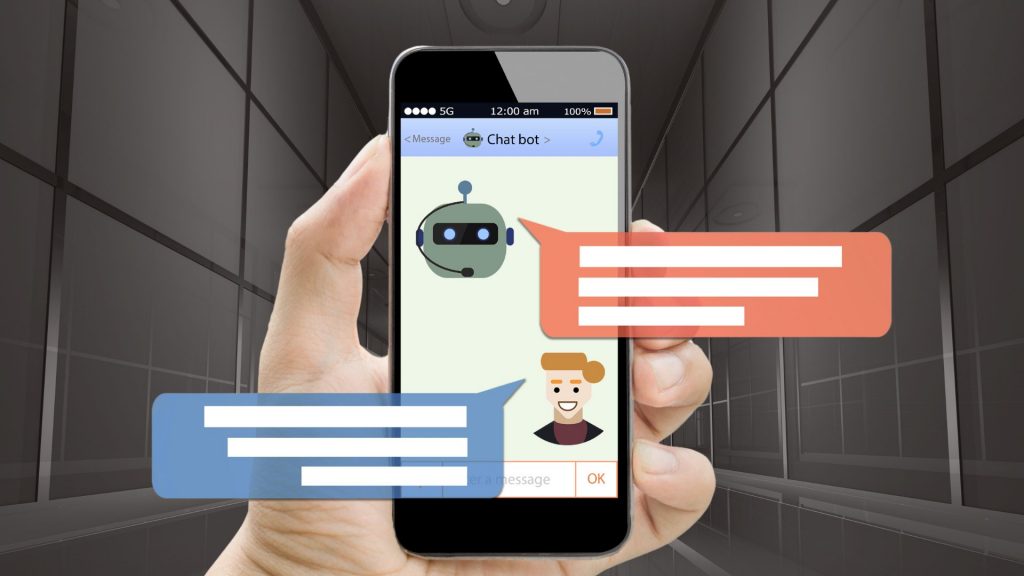Natural Language Processing is one piece of the Artificial Intelligence puzzle. Artificial Intelligence is constantly covered in countless blog posts, articles, videos, and webinars. The reality is, many of these conversations are happening at a high level riddled with technical speak. When you ask the average business leader anything about AI, they’ll likely say something about how it’s transformative and changing how we do business. While, yes, these sweeping statements are true, they aren’t particularly helpful from the perspective of the end-user, nor do they explain what AI can actually do.
The reality is, AI is still not understood by most business owners, and many technologists are still learning about its impact. The capabilities of Artificial Intelligence are still being discovered. Generative AI, Autonomous AI thinking, as well as new reasoning models like OpenAi o1 (Strawberry), and micro models like GPT-4o, are constantly evolving to make AI more accessible in the marketplace.
Artificial Intelligence is thrilling, but it’s also mostly nonsense to the average end user. More often than not, users don’t care as deeply about the particular amalgamation of technology that makes up a solution, they care that it works. What does AI, more specifically NLP, enable businesses to do to make revenues stronger, reduce costs, minimize human intervention, and provide data analytics through common chat AI prompts?
People are used to seeking out information in the form of a question. Most people today are incredibly familiar with asking Google questions, or, in the earlier days of the internet, a search engine like Ask Jeeves, which in its name encourages users to ask a question. It’s shifted slightly, the way users interact with similar technology may look like a gentleman standing in front of his closet unsure how to dress for his day asking his Amazon Echo, “Alexa, what is the weather supposed to be today?” Users are well equipped to use organic voice or written prompts to receive information, and it’s natural for this to evolve to business processes.
Chat GPT, Copilot, Siri, Alexa and other voice prompting applications have familiarized users with asking Artificial Intelligence questions in the form of a prompt. Now technology, specifically NLP (Natural Language Processing), allows AI to interpret a prompt or question in the context of the request. AI’s ability to understand, dissect, and return a result using NLP is one of the biggest leaps thus far in regards to AI’s application to consumer and business automation.
What is Natural Language Processing?
Natural Language Processing (NLP) is a field of Artificial Intelligence that focuses on the interaction between computers and human (natural) languages. The goal is to enable computers to read, interpret, and derive meaning from human language in a way that is valuable. NLP covers a range of tasks from simple ones like spell checking and text classification to complex tasks like machine translation and summarization.
Put simply, NLP allows for AI to interpret queries just like a person would by understanding components like context, syntax, and other linguistic methodologies. You can ask AI a straightforward question and get a direct answer.
What are the core components of Natural Language Processing?
The underlying technology that creates these seemingly simple and straightforward outputs is relatively complex. The neural data models linked to NLP, such as Large Language Models (LLMs), Large Action Models (LAMs), Small Language Models (SLMs), or State Space Models (SSMs) are too many to review and explain individually.
Ultimately, focus should be placed on Retrieval Augmented Generation (RAG), one of the most important ML techniques or methodologies designed to support NLP. By combining retrieval and generation capabilities in a single algorithm, RAG allows for better accuracy and reliability due to its ability to ground responses of a LLM without constantly rebuilding models. It also reduces hallucinations, instances where models generate incorrect information. RAG can validate model references, reducing the chances of generating false information. RAG is critical to NLP for tasks such as conversational AI, summarization, and answering questions. Let’s break down the techniques that make up NLP.
Tokenization: This is the process of breaking down a large chunk of text into smaller pieces, usually words or phrases. For example, a sentence like “I love accounting” gets split into tokens: [“I”, “love”, “accounting”]. This makes it easier for the computer to process the text.
Part-of-Speech Tagging (POS): After tokenization, each word is tagged with its part of speech—whether it’s a noun, verb, adjective, etc. This helps the system understand the role of each word in the sentence.
Named Entity Recognition (NER): This component identifies and classifies entities in the text, such as names of people, organizations, locations, dates, etc. For instance, if you have a sentence like “Mary works at Microsoft,” NER would identify “Mary” as a person and “Microsoft” as a company.
Syntax and Parsing: This involves analyzing the structure of the sentence to understand how the words are related to one another. This step uses grammar rules to figure out the relationship between words and phrases to make sense of sentence meaning.
Lemmatization and Stemming: These techniques reduce words to their root form or base meaning. For example, “running,” “runs,” and “ran” can be reduced to “run.” This helps the system understand that different variations of a word are essentially the same.
Sentiment Analysis: This process involves determining the emotional tone behind the words. For example, “I love my job” is positive, while “I hate taxes” is negative. It helps the system understand the mood or feeling in the text.
Machine Translation: NLP also powers the translation of text from one language to another. For example, Google Translate uses NLP techniques to convert an English sentence to its Spanish equivalent, “I love accounting” to “Me encanta la contabilidad.”
Text Summarization: This task involves summarizing a longer document into a shorter version while keeping the important information intact. NLP systems can read long reports and generate concise summaries for quick understanding.
Language Modeling: This is a foundational part of NLP where models are trained to predict the next word in a sentence or the likelihood of a sequence of words. This helps in generating text and understanding language context.
NLP uses both statistical methods (like Machine Learning) and rule-based approaches to perform these tasks. Newer models often rely on deep learning, specifically using neural networks, which are able to learn and improve from large amounts of text data without relying solely on predefined rules. This helps systems better understand the nuances, grammar, and context of human language.
In an accounting context, for example, NLP could be used to automate the reading of financial reports, scanning for relevant terms, numbers, or actions, or even assisting with customer communication by automatically replying to common inquiries.
The real-life impact of NLP
One example can be within a business’ procurement process. Business Intelligence (BI) and reporting tools have historically been the primary mechanism for analytics and research when a problem arises. To date, most organizations need to run month end or quarterly reports to understand a wide swath of information within their processes, such as, what orders were shipped, which invoices have no receiving data, cumulative totals per vendor, or automation rates or approval times by approver, to name a few.
Currently, a user needs to access their Reports User Interface (UI), which is embedded in their ERP or a separate browser or desktop UI. Then, a report needs to be built with inputs and outputs defined, which may require a developer, then the output must be formatted to only give you the data they’re seeking out. Depending on the output requirements, they’ll likely need to build both detailed row/column, summation, and matrix reports. At the end of this multi-step, heavily involved process, the report is ready to use.
Today, thanks to NLP, it’s a different story. Using custom prompting applications, like AI Hub in PowerAutomate against their local database or Microsoft’s Dataverse, users can simply ask the prompt agent a question from within their Teams application and a single or tabular result is returned.
If a user asked “What is the cumulative total of invoices processed in 2024?” within seconds the prompt would return the total dollar amount for all invoices from 1/1/2024 to the current date. The prompt understands the word “cumulative” to mean an aggregate of the total amount of each invoice. The prompt agent also knows 2024 starts on 1/1/2024 and ends on 12/31/2024. It uses the context of the prompt to generate a holistic response. Without NLP, AI alone would not be able to interpret the question.
Furthermore, when issuing a prompt question such as, “what is the cumulative total of invoices with a pending status with an invoice date in September 2024?” NLP and the AI understand that in the context of this question “status” is a column header name and “pending” is a data value within that column. So when we refer to context, the ability for AI to deinterlace and recognize that “pending status” is actually Status = Pending. Same goes for “Invoice date,” which is a database column and “September 2024” could mean September 2 or September 24, but the AI understands that month and year were provided but not a day value.
Generative AI is a powerful tool that can bring big changes to the way we work—especially when used the right way. Buried beneath the technical terms Generative AI maintains its place as a fully transformative technology when harnessed correctly.
Without this ability to type or speak naturally to AI, it would be much harder to use. But because of NLP, even users without technical expertise can benefit from AI’s power, just by asking a simple question. Natural Language Processing is a real game changer for making AI easy to use and productive in everyday work.







